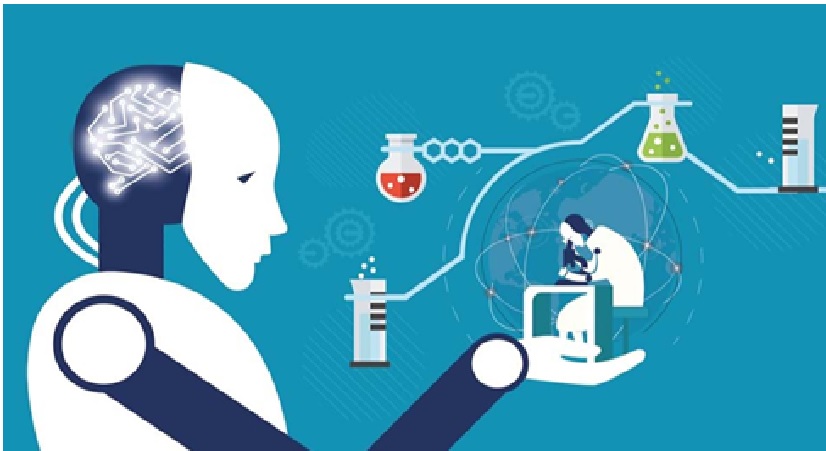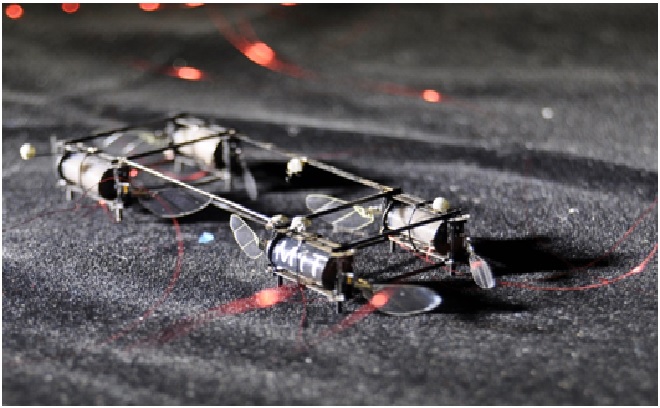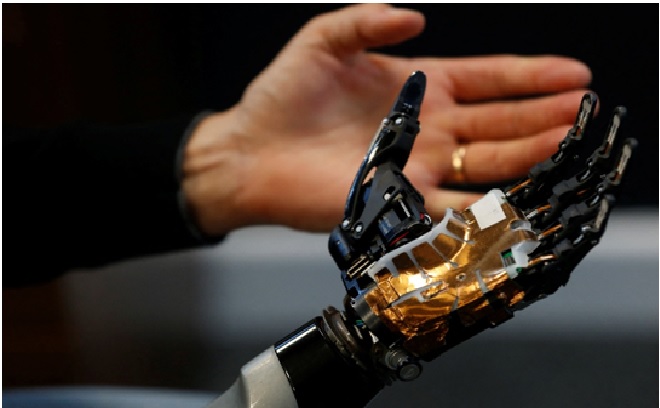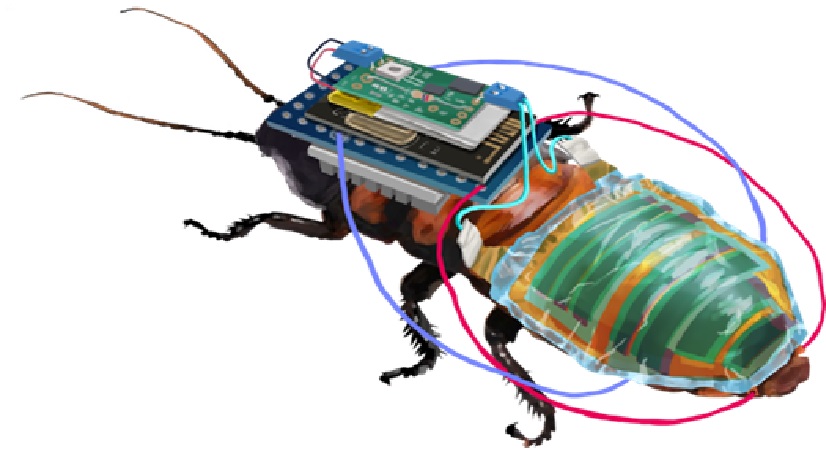AI can help Scientist to Develop New Medicines
Researchers at the Massachusetts Institute of Technology and the Swiss Federal Institute of Technology, Zurich (ETH Zurich) can forecast the binding configuration of two proteins, have developed an artificial intelligence model to predicts how two proteins will attach.

Figure 1: New Equidock machine learning model to develop medicines.
Figure 1 shows that the Equidock machine learning model targets rigid body docking, which transpires when two proteins bind by rotating or translating in three-dimensional (3D) space.
The model converts the proteins' 3D structures into 3D graphs that can be processed by the neural network; nodes in the graph represent individual amino acids, and geometric knowledge helps Equidock understand how objects can change when rotated or translated. [1]
Geometric knowledge was included in the machine learning model to allow for understanding of how objects change when rotated or translated in 3D space. With this, along with mathematical knowledge of how proteins dock in the human body, the system identifies atoms of the two proteins most likely to interact and form chemical reactions, using the points to place the proteins together into a complex.
The researchers incorporated geometric knowledge into the model, so it understands how objects can change if they are rotated or translated in 3D space. The model also has mathematical knowledge built in that ensures the proteins always attach in the same way, no matter where they exist in 3D space. This is how proteins dock in the human body.
Equidock can predict the final protein complex in one-to-five seconds, with baselines taking between 10 minutes to an hour or more. It was often comparable with baselines, but did sometimes underperform in comparison, MIT said. [2]
Once the model was trained, the researchers compared it to four software methods. Equidock is able to predict the final protein complex after only one to five seconds. All the baselines took much longer, from between 10 minutes to an hour or more.
In quality measures, which calculate how closely the predicted protein complex matches the actual protein complex, Equidock was often comparable with the baselines, but it sometimes underperformed them.
Their technique could also be applied to the development of small, drug-like molecules, Ganea says.In the future, they plan to enhance Equidock so it can make predictions for flexible protein docking. The biggest hurdle there is a lack of data for training, so Ganea and his colleagues are working to generate synthetic data they could use to improve the model. [3]
References:
- https://cacm.acm.org/news/258683-ai-system-rapidly-predicts-how-two-proteins-will-attach/fulltext?mobile=false
- https://www.drugdiscoverytrends.com/new-ai-out-of-mit-predicts-how-proteins-will-attach/
- https://news.mit.edu/2022/ai-predicts-protein-docking-0201
Cite this article:
Sri Vasagi K (2022), AI can help Scientist to Develop New Medicines, AnaTechMaz, pp.178















